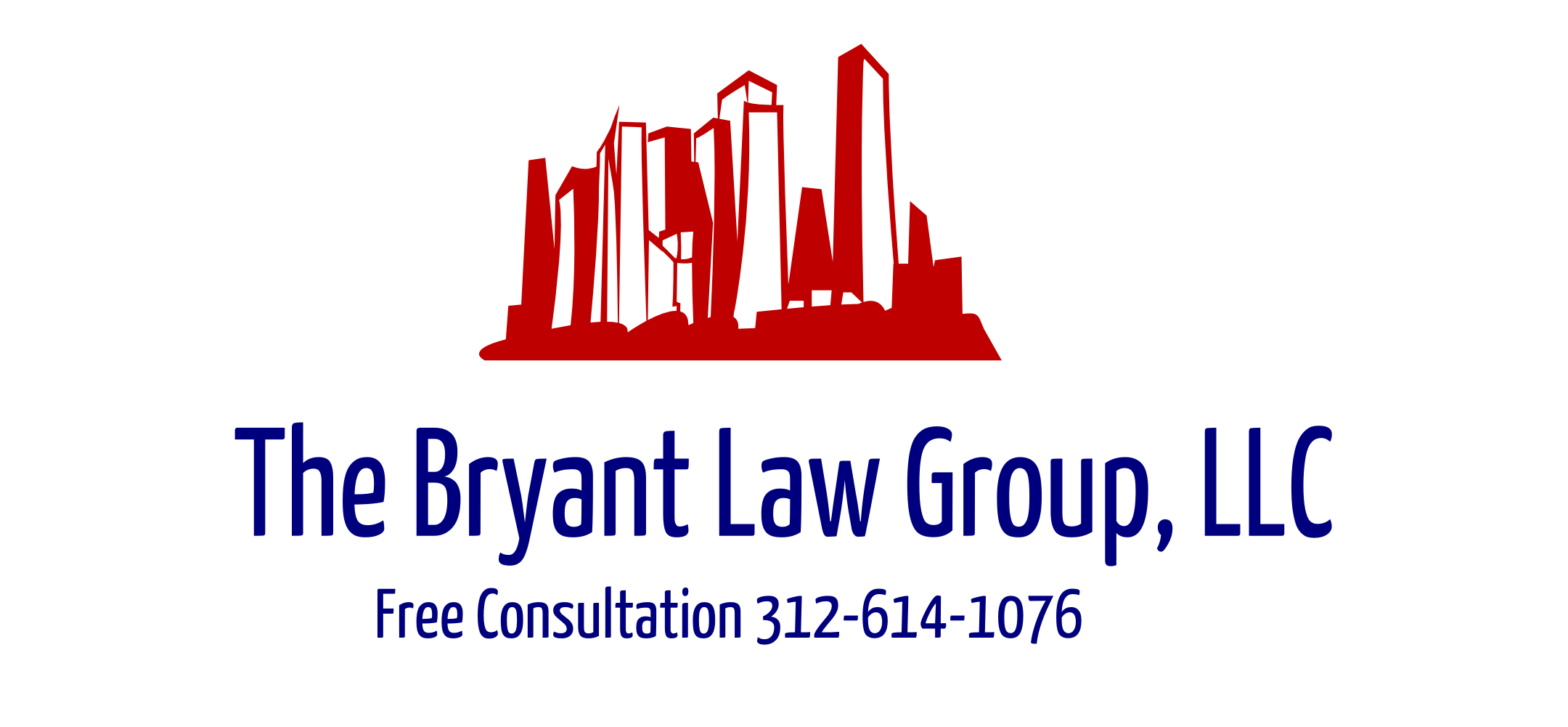The Chicago Tribune published an interesting story today regarding a DePaul University study that looked at the safety benefits of bicyclists stopping at all traffic lights. DePaul’s Chaddick Institute for Metropolitan Development found that just 1 cyclist in 25 comes to a complete stop at stop signs, and 2 out of 3 go through red lights when there’s no cross traffic.
It must be pointed out the bicyclists in Illinois are required to obey the same rules of the road the vehicles follow and can be ticketed for the same violation. The question is whether it is safe for bicyclists to follow these same rules 100% of the time.
The study proposes that Illinois cities consider changing their laws and allowing cyclists to treat stop signs as yield signs, and some red lights as stop signs, thus permitting cyclists to maintain their momentum. It’s known as the “Idaho stop” for a 1982 law in that state. The Idaho stop recognizes that sometimes it is safer for a cyclist to get out in front of traffic so he or she can be seen, rather than waiting obediently at the light and risk getting smacked by right-turning traffic when the light goes green. The DePaul study does not advocate the Idaho stop at all signaled intersections, and it suggests choosing those with lower traffic volumes or limiting it to late at night when traffic is light.
The Idaho Stop makes sense, especially in a heavily congested city like Chicago that has thousands of bicyclists commuting everyday. If every bicyclist came to a complete stop at every stop sign and every stop light, then I think we would see more traffic accidents. I think it would be more difficult for motorists to stop on time and we would see more vehicle and bicycle collisions.
If will be interesting to see whether the Illinois legislature takes a look at this study and decides to amend the current law.
If you or someone you love has been seriously injured in a Chicago bicycle accident or Chicago traffic accident, then call Chicago personal injury lawyer, Aaron J. Bryant, for a free legal consultation at 312-614-1076.
